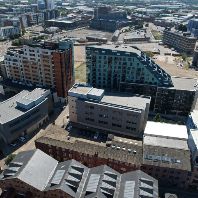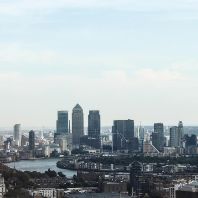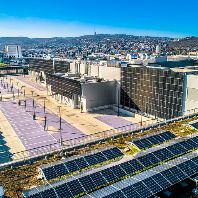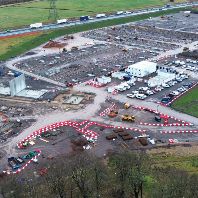Commercial real estate investment is forecast to produce strong returns in many markets across the world over the next five years on the back of an expected stabilization in the major economies, but this outlook is beset by extensive risks and uncertainties, ING Real Estate Investment Management said in its annual Global Vision 2011 research report.
Tim Bellman Global Head of Research at ING REIM said: "A period of unprecedented fiscal and monetary policy easing has helped to stabilize the global economic outlook and provided support to asset prices generally. The ultra-low short and long-term interest rate environment has encouraged many investors to turn to real estate as they hunt for yield. We expect that they will be rewarded by strong commercial real estate returns in the next five years."
The Global Vision report noted that heightened risk aversion has caused many investors to target prime properties in the world's major real estate markets. Initially in parts of Asia and the UK, and more recently in parts of Continental Europe. Strong investor demand for the income returns that prime real estate can offer has brought greater stability to real estate capital markets and helped prime property prices rebound.
As a result, a wide gulf has opened up between the yields/cap rates for prime properties and secondary assets in many markets in some cases 300 400 basis points. Once property occupier markets have stabilized, it seems likely a premium of this nature might start to appear as an attractive risk-return combination to some slightly more risk accepting investors over the course of 2011.
Listed real estate tends to anticipate the performance of direct property or non-listed funds and as many quoted companies have healthy balance sheets and access to capital to redeploy into recovering markets; many investors may find this a more liquid way to participate in the recovery.
Those investors convinced of the recovery prospects of real estate markets, are likely to find this a tempting time to rotate into more cyclical sectors such as hotels and offices and take an overweight position to the Americas in which the strength of investment returns appear strongest in the early stages of the global economic recovery.
World economic growth rebounded strongly in 2010 in many countries with global GDP forecast to expand by 3.5% in the full-year, around 80 basis points above the long-term average. ING REIM's base case economic scenario is predicated on the assumption that neither deflation nor excessive inflation will be a global trend in 2011, although the risks remain high. In the short-term, low developed country interest rates and measures such as quantitative easing, should help support asset prices, albeit at the risk of potentially inflating new asset prices bubbles.
In economic recoveries, real estate yields generally start to decline about 12-18 months ahead of a recovery in the underlying property market's fundamentals. ING REIM maintains its view that sustained long-term rental growth in many markets is not expected for a few years yet.
A significant threat to the embryonic recovery in global real estate markets remains the distressed property assets being held by the banks. If they move from the current "extend and pretend" policy on bad loans to one of "foreclose and dispose" to rebuild cash balances and capital, this could weigh heavily on real estate capital values.
Tim Bellman concluded: "The recovery is already at different points in the cycle around the globe and we expect these differences will continue. For core or core plus investors convinced that the recovery is firmly grounded this may be a time to increase their allocation to real estate and start to consider a rebalancing of their portfolio towards the more cyclical growth sectors and markets."
Source: ING Real Estate Investment Management















